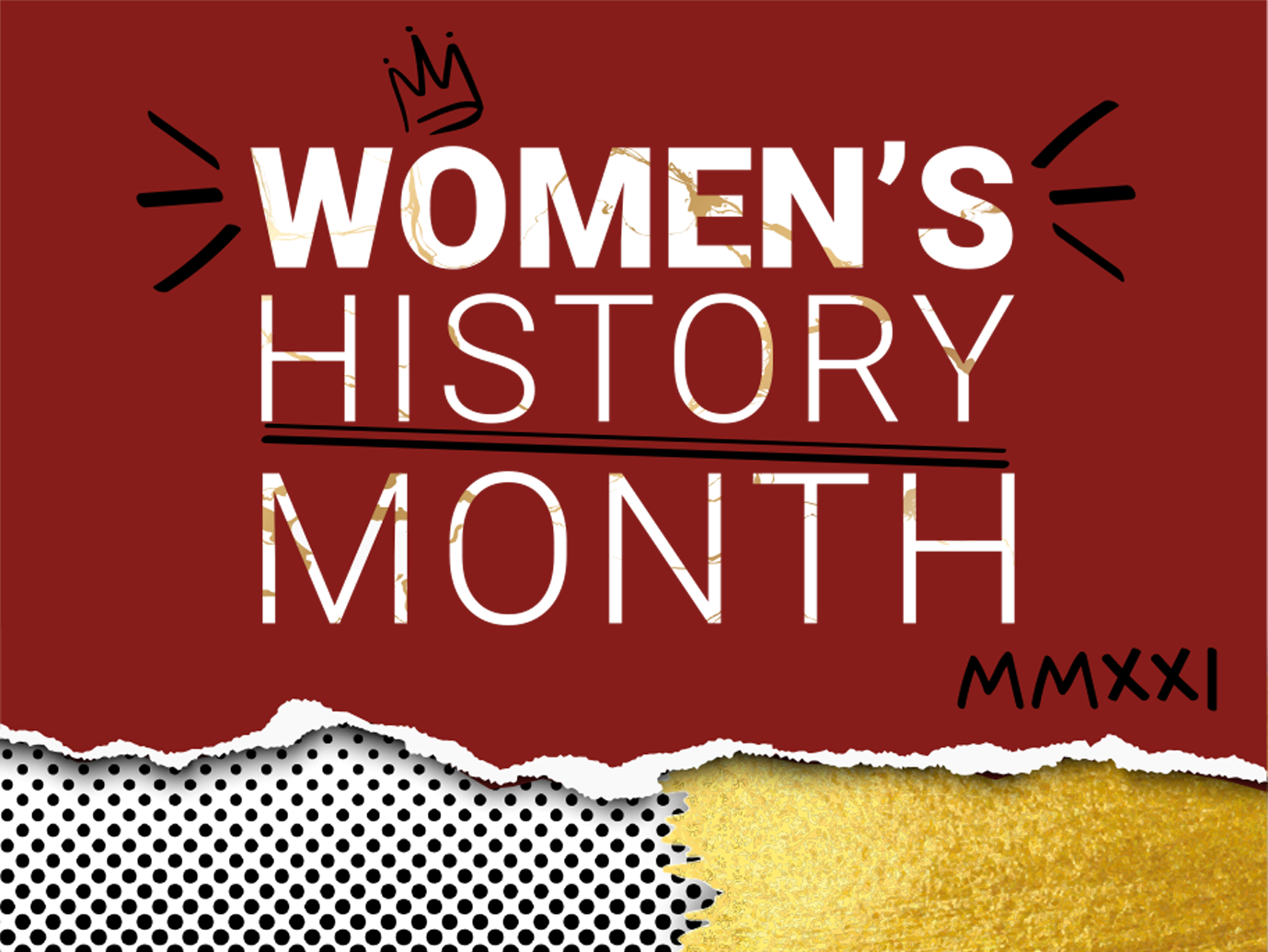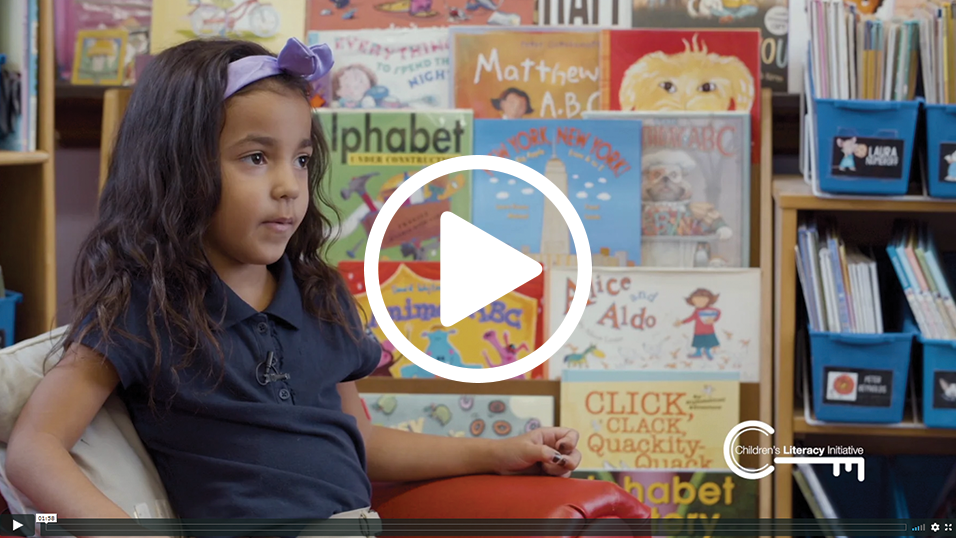Women’s History Month will be here before you know it. CLI is excited to share our thoughts on how to honor and acknowledge this special month along with a booklist and some resources. The month-long acknowledgment and celebration of the contributions of women to the United States was derived from a weeklong celebration of women in a northern California school district in 1978. The idea quickly spread to other regions and in 1987 Women’s History Month was officially adopted.
Our Approach
CLI’s approach to Women’s History Month aligns with its views on all of the Heritage Months we acknowledge – we believe to authentically tell our nation’s history we must create a story that’s inclusive and goes beyond the accomplishments, ideas and creations of a few. Ultimately, we want educators to paint a clearer picture by telling Stories that consider women’s gender expression, sexual orientation, race, ethnicity and ability...” (Learning for Justice, formerly called Teaching Tolerance). Furthermore, schools need to integrate these stories along with the hidden narratives that have been ignored and/or overlooked into their current curriculum throughout the entire school year.
For those of you who are already integrating Women’s History throughout the curriculum and year, we recommend you look at Women’s History Month as a time to:
- Highlight certain topics and/or eras, eg: Women’s Suffrage and the 19th Amendment, Women’s Rights Movement
- Dive deeper into topics you want to explore, eg: workforce income disparities, Title VII & IX, #SayHerName, intersectionality and its impact on the treatment of women
- Acknowledge and celebrate female pioneers and leaders - dig below the surface to find women who are not typically acknowledged, eg: scientists, political leaders, writers, athletes, etc.
- Acknowledge and celebrate women in your community and/or family who are remarkable and inspirational in their own way
To add to your planning, we hope the following book list and resources are helpful.
Lessons, Resources and Ways to Approach Women’s History Month
Celebrating Women's History Month Book Collection
In celebration of Women's History Month, we put together a collection features books covering a wide range of historical figures and moments in women's history.
See the Women's History Month Book Collection! >>
Here are some methods you can use children’s literature to live the tenets of Women’s History Month on a more consistent basis in your classroom. These umbrella concepts and questions can be used with books to spark conversation and inspire children to stand up for change.
Connect Children to Their History
Connect the events of history to the lives of the children in your classrooms. Explore how the actions of the past shaped and continues to shape the lives of people now. Help children see how historical events connect to current events.
- How does your family talk about things that are not fair?
- How does your family talk about the issues that are affecting life in the United States and the world?
- What can we learn from the past that we can apply to today?
Develop Criticality
Criticality means reading, writing, and thinking in active ways to understand and question how power, privilege, and oppression play out in texts and in the real world and work towards change.
- How do you know when something is unfair?
- Make a list of things that you think are unfair. For example, you may want to focus on classroom and/or school policies and/or rules.
- Why do you think these things are unfair?
- How would you change these things to make them more fair?
- How did the changes you made to make things more fair affect people’s lives?
Get Updates!
Ensure you stay up-to-date with the latest news, impact reports, donor events, and much more.
Understand intersectionality and its effects on people
Help children understand what intersectionality (refers to the social, economic and political ways in which identity-based systems of oppression and privilege connect, overlap and influence one another) is as a concept and how it makes for different life experiences for women.
- How does race impact life experiences for women?
- How may the lives of Women of Color differ from the lives of White women?
Understand and Dismantle Sexism
Help children recognize and understand privilege and bias in the world. Explore what is needed to combat sexism and make America a better place for American women.
- What were the civil rights activist fighting against and for?
- How does sexism show up in our lives today?
- How did the strategies that female activists have used in the past (eg, Women’s Suffrage and Women’s Rights Movement) compare to more current day movements, such as Black Lives Matter protests?
Have Children Explore their Own Identities
Gaining an understanding of who you are in this world is incredibly important and providing children an opportunity at a young age to explore this journey is an essential part of a child’s development. Literature is a bridge to a large variety of discussions around identity. This is also an excellent way to introduce the concept of intersectionality.
- How did the identities of the main character affect the story?
- If the gender of the main character was changed, how do you think the story may have been told differently?
To introduce intersectionality:
When you think of yourself, what are the major identities that come to mind first – eg, gender, race, neighborhood, athlete, musician, etc.? Discuss if you feel that some of your identities result in you being treated more fairly than others that you hold.
Facilitate a conversation around a character that has lots of interesting identities that intersect, eg: a very athletic, Latinx girl who loves to play football with the boys at recess, and is an amazing drummer with her local drill team. Discuss how her intersecting identities impact how she is viewed and treated in the story.




